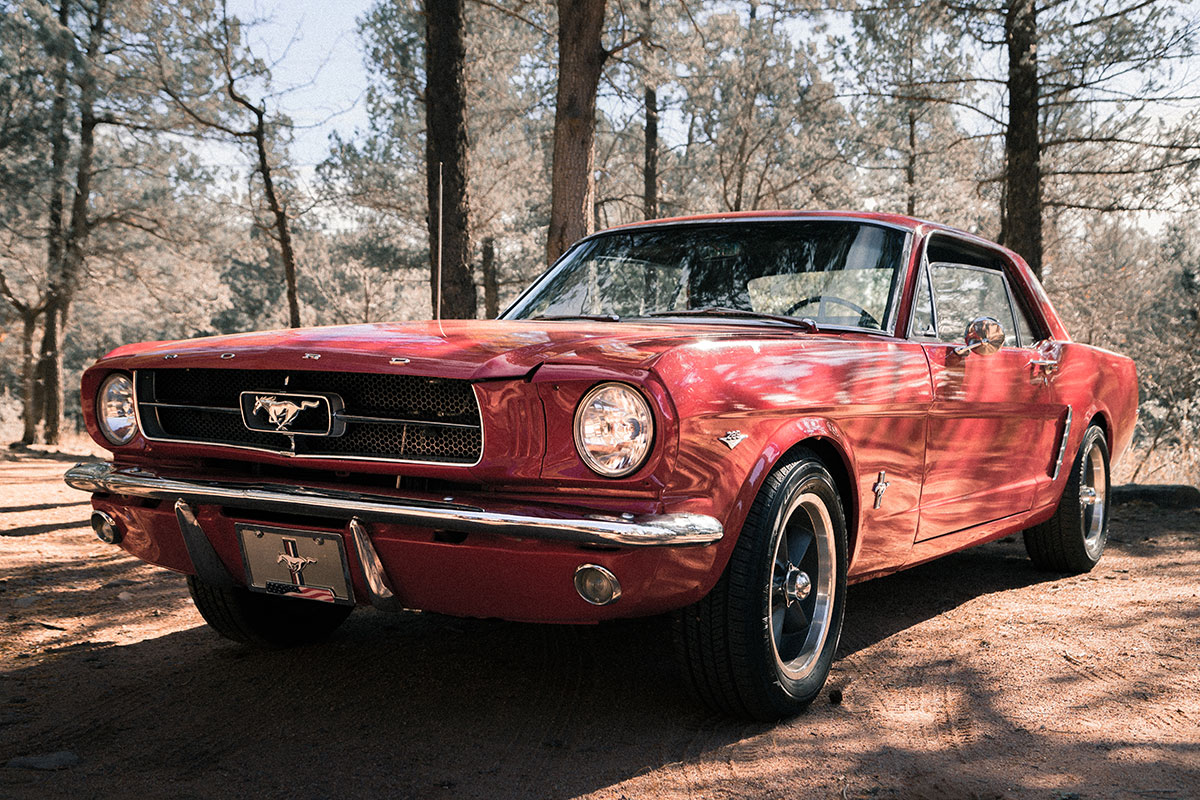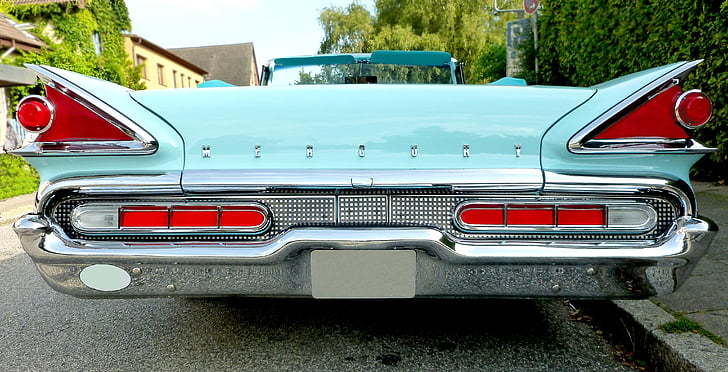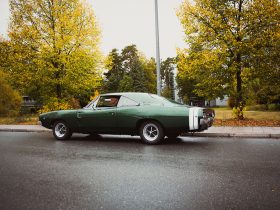
Classic cars have long been a passion for vehicle enthusiasts all over the world. Not only are these vehicles beautiful to behold, they are also quite fascinating to study, especially for their impressive and intricate engineering. One such area of interest is classic car transmission systems. In this article, we take a look at the history of these transmission systems and how they have evolved over the decades.
Early Beginnings
The transmission in classic cars is nothing if not complex. The first transmission system used in classic cars back in the late 1800s was a manual transmission, which required the driver to manually shift gears – usually involving gear sticks and a clutch pedal. At this time, only two or three forward gears were available, along with a reverse gear. This system was relatively simple compared to modern transmissions, but it was a great improvement over the manual transmission systems used by locomotives and road vehicles of the era.
The Emergence of the Automatic Transmission
In the early 1900s, the automatic transmission was invented and gradually became the preferred choice in classic cars. It allowed for smoother gear shifts and eliminated the need for manual gear changing. The first cars to feature an automatic transmission were the luxurious Packard models of the 1930s, and by the 1950s, they had become the norm. The automatic transmission was certainly an improvement over the manual transmission, but it was still quite basic, with only two or three forward gears and no reverse gear.
The Hydraulic Transmission
In the late 1940s, the first semi-automatic transmission system was developed. This was known as the hydraulic transmission and it was the first to offer four or more forward speeds and featured a torque converter instead of a clutch. This system was an improvement over the manual and automatic transmission systems, allowing for smoother gear changes and improved fuel efficiency. However, it was still a relatively basic system and many vehicles of the era were still using the manual transmissions.
Modern Transmission Systems
As technology improved, so too did the sophistication of classic car transmission systems. The modern transmission system is a complex and sophisticated network of gears, sensors, and computers. It is capable of providing a variety of different gear ratios for different driving conditions, and it is designed to optimize fuel efficiency. Modern transmissions can also be equipped with features such as cruise control, automatic gear selection, and even manual overdrive.
Conclusion
The history of classic car transmission systems is quite fascinating. There have been some remarkable advances over the years, from the manual transmission to the modern transmission, and it is remarkable to consider how far they have come. If you are a classic car enthusiast, it is well worth taking the time to study the transmission system of your vehicle and appreciate its intricate engineering.













